Mohsena Chowdhury
Assessing Patient Eligibility for Inspire Therapy through Machine Learning and Deep Learning Models
Feb 01, 2024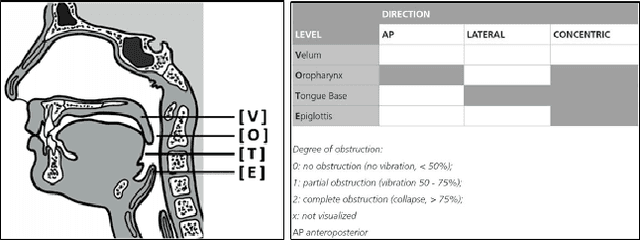
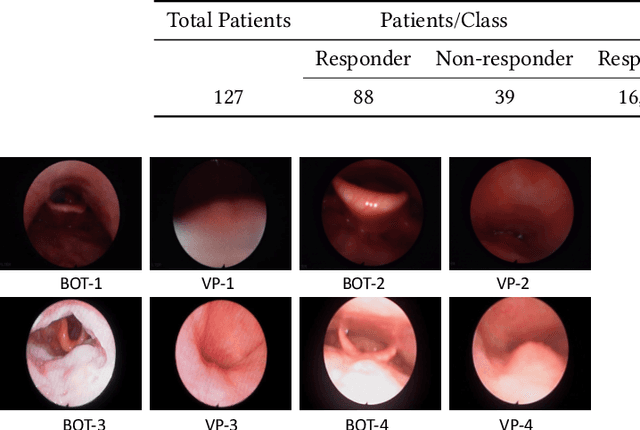


Abstract:Inspire therapy is an FDA-approved internal neurostimulation treatment for obstructive sleep apnea. However, not all patients respond to this therapy, posing a challenge even for experienced otolaryngologists to determine candidacy. This paper makes the first attempt to leverage both machine learning and deep learning techniques in discerning patient responsiveness to Inspire therapy using medical data and videos captured through Drug-Induced Sleep Endoscopy (DISE), an essential procedure for Inspire therapy. To achieve this, we gathered and annotated three datasets from 127 patients. Two of these datasets comprise endoscopic videos focused on the Base of the Tongue and Velopharynx. The third dataset composes the patient's clinical information. By utilizing these datasets, we benchmarked and compared the performance of six deep learning models and five classical machine learning algorithms. The results demonstrate the potential of employing machine learning and deep learning techniques to determine a patient's eligibility for Inspire therapy, paving the way for future advancements in this field.
Kitchen Food Waste Image Segmentation and Classification for Compost Nutrients Estimation
Jan 26, 2024Abstract:The escalating global concern over extensive food wastage necessitates innovative solutions to foster a net-zero lifestyle and reduce emissions. The LILA home composter presents a convenient means of recycling kitchen scraps and daily food waste into nutrient-rich, high-quality compost. To capture the nutritional information of the produced compost, we have created and annotated a large high-resolution image dataset of kitchen food waste with segmentation masks of 19 nutrition-rich categories. Leveraging this dataset, we benchmarked four state-of-the-art semantic segmentation models on food waste segmentation, contributing to the assessment of compost quality of Nitrogen, Phosphorus, or Potassium. The experiments demonstrate promising results of using segmentation models to discern food waste produced in our daily lives. Based on the experiments, SegFormer, utilizing MIT-B5 backbone, yields the best performance with a mean Intersection over Union (mIoU) of 67.09. Class-based results are also provided to facilitate further analysis of different food waste classes.
Predicting Mitral Valve mTEER Surgery Outcomes Using Machine Learning and Deep Learning Techniques
Jan 24, 2024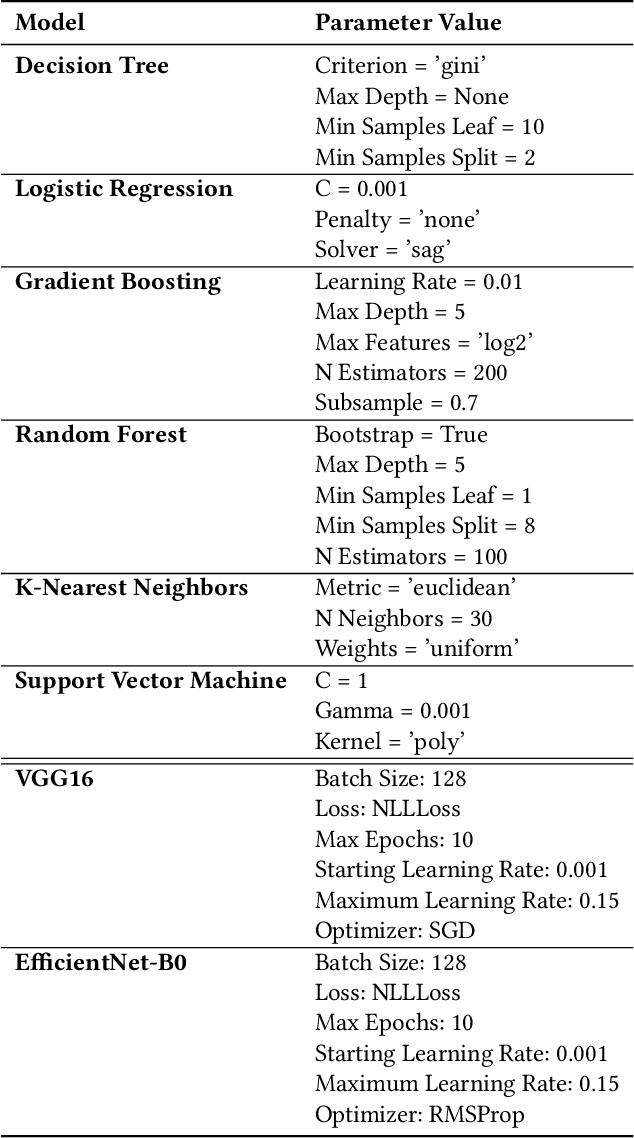
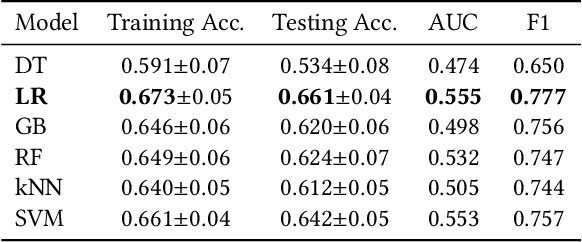
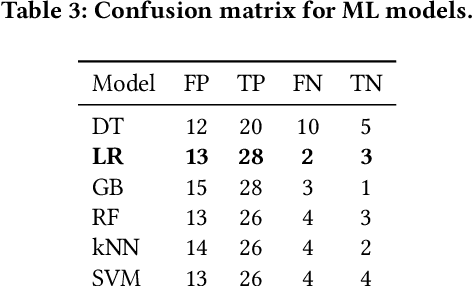

Abstract:Mitral Transcatheter Edge-to-Edge Repair (mTEER) is a medical procedure utilized for the treatment of mitral valve disorders. However, predicting the outcome of the procedure poses a significant challenge. This paper makes the first attempt to harness classical machine learning (ML) and deep learning (DL) techniques for predicting mitral valve mTEER surgery outcomes. To achieve this, we compiled a dataset from 467 patients, encompassing labeled echocardiogram videos and patient reports containing Transesophageal Echocardiography (TEE) measurements detailing Mitral Valve Repair (MVR) treatment outcomes. Leveraging this dataset, we conducted a benchmark evaluation of six ML algorithms and two DL models. The results underscore the potential of ML and DL in predicting mTEER surgery outcomes, providing insight for future investigation and advancements in this domain.
 Add to Chrome
Add to Chrome Add to Firefox
Add to Firefox Add to Edge
Add to Edge